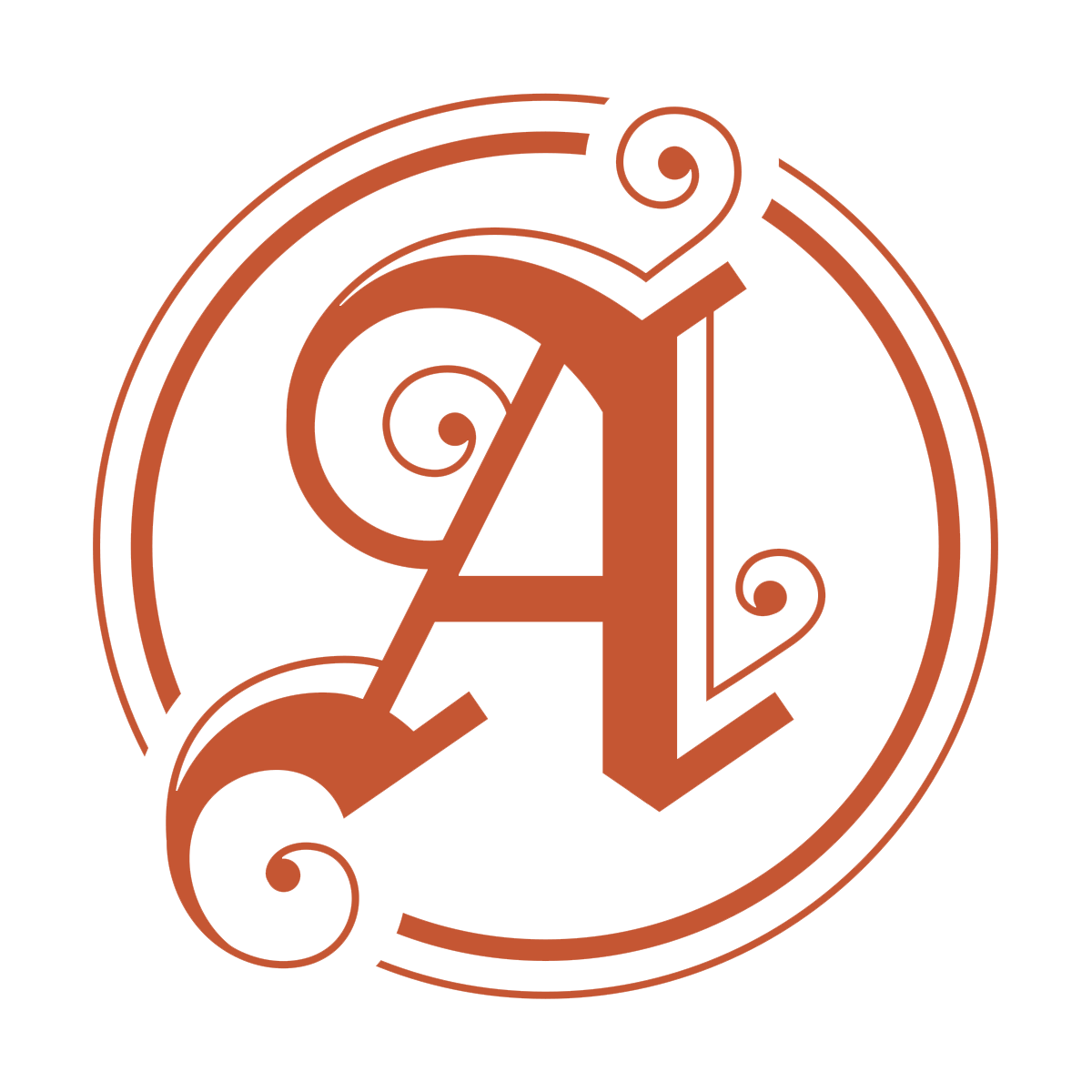Your Child’s Reading Level Explained
Ashley Day-Bohn, M.Ed.
How is reading level measured?
There are several common assessments used to measure a child’s reading level, such as the Developmental Reading Assessment (DRA), which is typically administered one-on-one with a teacher. Another popular leveling system is the The Lexile Reading Framework, which is usually assessed on the computer. Both types of tests will give you a numerical score which identifies your child’s reading fluency (speed and accuracy of decoding the text) and comprehension compared to grade level expectations.
If your child attends school and you are not sure of his or her reading level, contact the classroom teacher, who will likely have this information on file. If your child is home-schooled, you can contact a certified teacher/evaluator through Avenue Education to obtain a complete diagnostic reading assessment.
What does reading level mean?
The instructional reading level is the highest level of text your child can read without reaching the point of frustration. It is the optimal level for teaching reading concepts, since the text provides just enough challenge to introduce new concepts without overwhelming the student. Accordingly, children may need help with a few words here and there when reading text at the instructional level. This is different from the independent reading level, which involves easier text that can be read without help. The ideas of instructional and independent levels are derived from a theory of learning called the “Zone of Proximal Development” (Vygotsky, 1978). For example, a Lexile score of 500-550 represents a ZPD ranging from independent (500) to instructional (550).
How do I use reading level when buying books?
Books for your child’s home reading library should fall somewhere in that ZPD range, depending on how you plan to use them. Books that are slightly above your child’s reading level are great for reading aloud, such as for a bedtime story. Shared reading builds vocabulary and comprehension skills. Independent reading should be fun and stress-free. Scholastic.com/teachers has a great tool called the Book Wizard, which can help you find materials within their inventory according to reading level. Another excellent resource is ARBookFinder, which allows you to search the Accellerated Reader catalog to identify the approximate level of a given book you may already have in mind.
What if I don’t know the level of a book?
If you are in the library or bookstore with your child, you can use a simple trick teachers like to call, “The Five Finger Rule.” Your child reads one page from the book aloud. If you count more than five errors on one page, the book is too difficult for them to read alone. If your child makes fewer than five errors, this book is probably a good fit for independent reading. If they make no errors, the book may be too easy. This method is so simple, children can start using it to make good selections for themselves. It can teach them responsibility and self-awareness, plus save you time and frustration!
Ashley Day-Bohn, M.Ed.
Founder, Avenue Education
McLeod, S. A. (2012). Zone of Proximal Development. Retrieved from www.simplypsychology.org/Zone-of-Proximal-Development.html
For more tips on choosing books for your child:
"3 Simple Tips for Choosing Age-Appropriate Children’s Books"
Leveled Reading Sets
Nonfiction
Nonfiction books support new Common Core Standards. The books below have articles written on four different reading levels! They include comprehension questions for each article.






